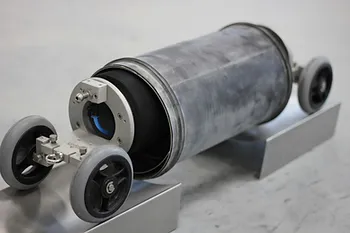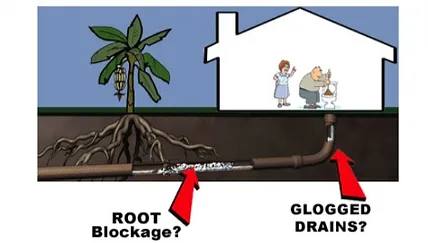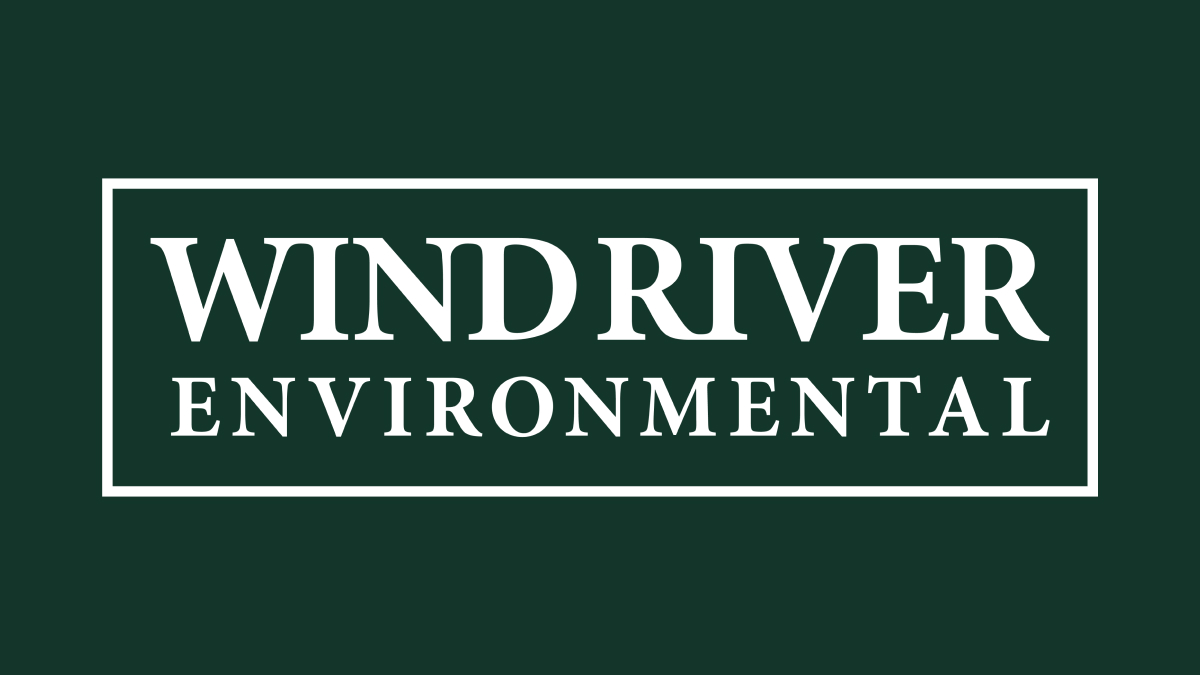A sewer line can, and most likely will incur some type of damage over time, which can wind up being a costly repair depending on the extent of the damage. They can also result in extensive and pricey property damage and lead to serious health risks. Sewer linings can help repair damaged pipes without having to completely replace your sewer lines or destroy the area around them.
It is important not to wait to get your sewer lines fixed if you see damage because they can leak harmful materials into the ground that can make your business unsafe to operate in.
Signs of Sewer Line Damage :
You know not to wait to get your sewer line fixed because of the health damage it could possibly cause your clients and customers, but how do you know when to call a professional in to help?
Luckily, there are a few tell-tale signs to help you figure out if you have a damaged sewer line :
- Strange gurgling noises coming from your toilet(s)
- Lack of water in your toilet(s)
- Sewer odor in your yard and other areas of your property
- Significantly greener grass near your sewage pipe
- Dead or brown patches of grass
- Flooded yard
- Foundation cracks, settlement, or sinkholes
- Rodent or insect infestation
- Mold problems
Causes of Sewer Line Damage :
In general, any type of pipe -- regardless of the materials it's made of -- can break due to extreme inner (water) and outer (ground) pressure. These are the most common causes our technicians are called out to fix :
- Poor maintenance
- Buildup of hair, debris, grease, sludge, oil, toilet paper, etc.
- Tree roots
- Nearby earth movement, heavy construction nearby, etc.
- Wear and tear from aging
- Poor sewer pipe layout, design, and/or installation
- Backup from a city's sewer line
Type of Sewer Repair :
Now that you know how to spot the signs of sewer line damage and what causes it, how do you go about fixing it? You can either go the traditional route, which involves digging up the ground around a damaged section of the sewer line. Or you can go the trenchless route and explore a few options that require zero digging to repair your sewer line. Let's explore each of these methods in more detail.
Traditional Sewer Repair :
This method requires heavy equipment to excavate down to the pipe, that is most likely covered by layers of asphalt, concrete, and dirt to find where the breach is and what is required to fix it. In some cases, only a few feet of pipe on either side of the break needs to be repaired or replaced, but in severe cases of corrosion or tree root infiltration, the whole pipe will need to be dug up, removed, and a new pipe installed. This can take days of work, leaving business areas without water and essentially causing the property to halt business until the damaged pipe is restored.
Once the job is done, the pipe is completed, and water is restored, additional cost and time has to be taken into account as well to replace or rebuild infrastructure. The roads, sidewalks, parking areas, and land in general need to be repaired and restored, while any removed pipe and debris must be disposed of. This as you can imagine can be an extremely costly endeavor depending on the area of damage and the size of it.
Pros and Cons of Traditional Pipe Repair :
Pros :
- Traditional pipe repair methods are effective
Cons:
- Time consuming - excavating to access the pipe, replacing, and repairing can take days of work while businesses go without water.
- Infrastructure, roads, and parking must be dug up and then replaced, which could disrupt traffic flow and cause backups and delays.
- Expensive - the cost of excavation, repair, and restoring the infrastructure and land above the break is costly.
- Large amounts of debris to dispose of.
Trenchless Pipe Repair :
With trenchless pipe repair, repairs are done with virtually no digging and take place completely underground. First, a small access hole is dug at the entrance to the pipe, we do a video pipe inspection to determine where the damage is and create a plan for repair.
There are a few different methods of trenchless pipe repair that we can explore :
Cured in Place Pipe Lining (CIPP) :
Cured in place pipe lining, or CIPP lining, is a method of trenchless pipe restoration used in existing pipe repair. This process is done to preserve the current pipes that have been damaged by leaks, cracks, intruding roots, and rust. It increases the lifespan of a pipe for up to 50 years, while also possibly preserving the building structures and causing little to no.2410141256143.webp) damage to the property.
damage to the property.
QuickLock Point Repair
This method involves utilizing a stainless steel sleeve structural body, covered by a seamless compression seal. Through a manhole the sleeve is inserted into the pipe and delivered to the damaged section. The sleeve is then mechanically pressed against the inner pipe wall. Using an inflatable packer, the sleeve is then expanded and permanently locked into position. This is another popular method when stopping the water flow isn't possible as this repair method boasts no cure time and can be done in the precense of water. The liner can be done in multiple locations and has an average lifespan of 50 years.
Internal Pipe Coating :
Professionals use internal pipe coating to repair an existing sewer pipe that has started to leak into surrounding soil. To prepare the area for treatment, they will completely drain the pipes to get rid of any water. A thick epoxy coating is sprayed on the inside of your pipes to permanently seal the leaks and cracks throughout the pipeline.
No matter the method used, they all leave behind a smooth, seamless pipe that is designed to last for generations.
Pros and Cons of Trenchless Pipe Repair
Pros :
- Fast - all solutions, cured in place pipe lining (CIPP), pull-in-place, pipe bursting, and internal pipe coating can be completed in just a few hours, instead of days.
- Saves Time - Minimal to no downtime for business and industry.
- Cost Saving - Trenchless technology can be done at a fraction of the cost of traditional pipe repair.
- Only small access holes need to be dug, ensuring minimal damage to property and infrastructure.
- Little to no waste or debris.
Cons :
- When the proper method of trenchless technology is used and applies correctly, there are no real downsides to the technology compared to traditional pipe repair.
Call the Professionals at Wind River Environmental:
Repairing a sewer line with trenchless pipe repair requires an experienced professional and is not a do-it-yourself job. For more information on sewer repair options, contact Wind River Environmental, and one of our trenchless pipe repair experts will be happy to assist you. Our experts are here to take your call 24/7 nights and weekends.




